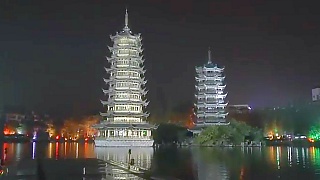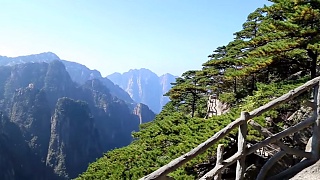
 LiuZhou 柳州 city, GuangXi province
LiuZhou 柳州 city, GuangXi province

Live more ...
 LiuZhou 柳州 city, GuangXi province
LiuZhou 柳州 city, GuangXi province

|
With Walk East ...
|

|
|

|
With Tim Chambers ...
By boat :
By e-bike / bicycle :
|

|
With One Shot Adventures ...
|

|
In GuangXi province. Beautiful ...
|

|
Join us for a hike through the amazing peaks and valleys of HuangShan (Yellow Mountain) Scenic Area in AnHui province, east China ...
|

|
In ShaanXi province. With Chinese Street View ...
|

|
With JetLag Warriors and Ken Abroad ...
|
![How to pronounce the four tones and speak PinYin correctly. With Qing Xia ... [videogallery type=playlist id=PLn996NprGoEI-rbWdpRlX-yuZoQ5ERZl2 columns=2] Learn to speak Chinese from zero](https://www.beijingbuzzz.com/b101.jpg)
|
How to pronounce the four tones and speak PinYin correctly. With Qing Xia ...
[videogallery type=playlist id=PLn996NprGoEI-rbWdpRlX-yuZoQ5ERZl2 columns=2]
|